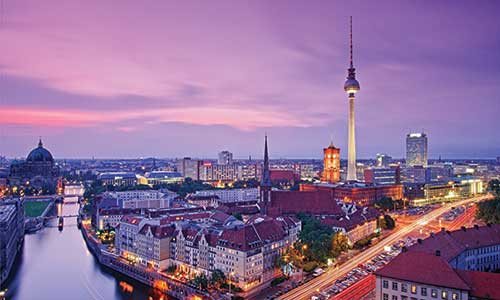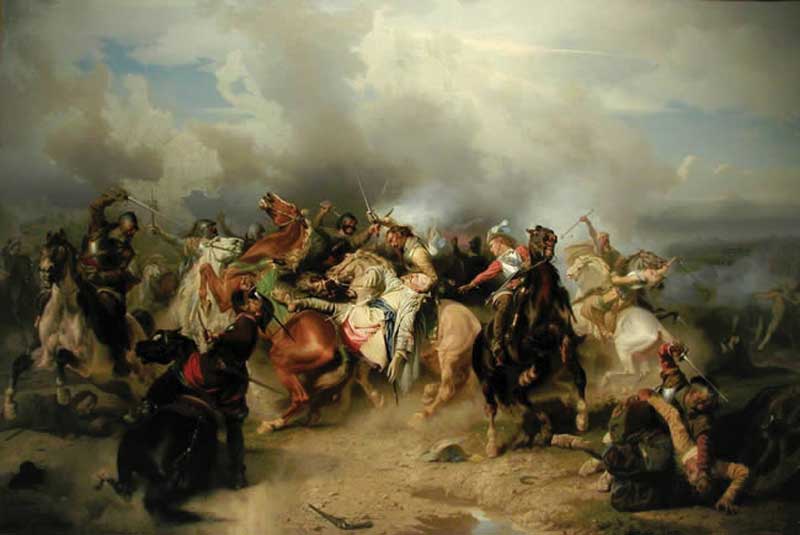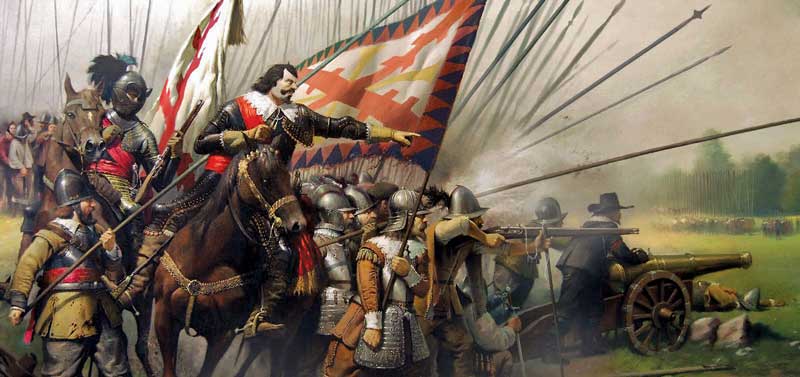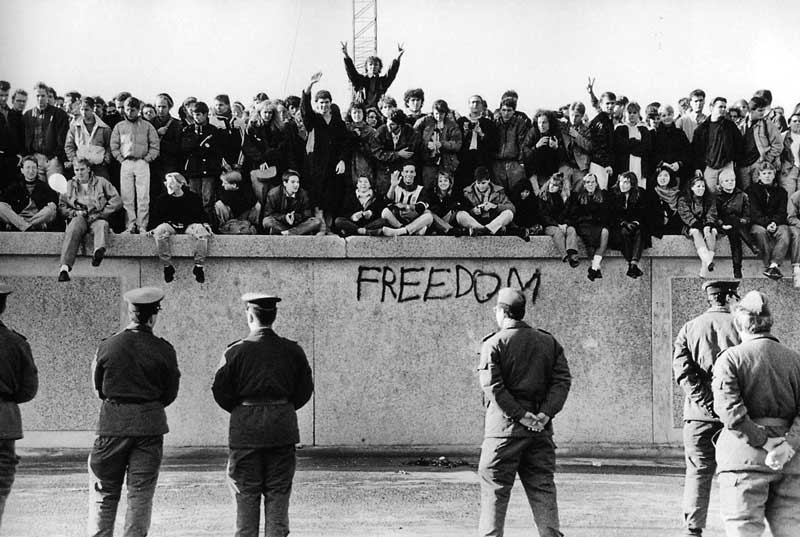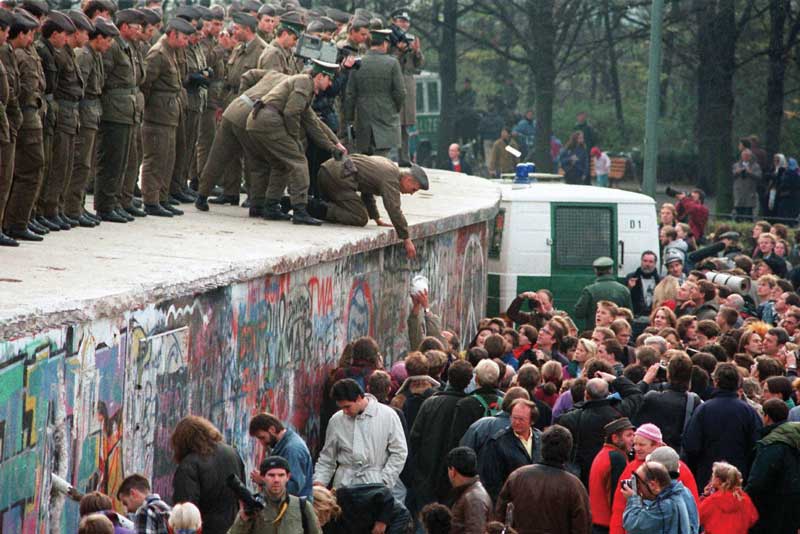Historical Compasses
The fall of the Wall of Berlin makes good photographs. But it all began in the shipyards.
Lech Walesa
What we know today as Berlin, at some point circa 1200, was a fishing colony, whose population grew and lived at its own pace, independant and hard working. The Berlinese face of the present is young, global and completely renovated. However, it’s roots are ancient and exciting.
By the XVth century, Berlin would be for the first time a capital, but that of Brandeburg, which was part of the Sacred Roman Germanic Empire, governed by the Hohenzollern family. During the time of the Reform, the German territory was bare witness of several differences and conflicts that made way to a war that would last for nearly 150 years, starting in 1515.
The first great deterioration and destruction of buildings in Berlin took place, a period comprehended as the War of the Thirty Years in which the Swedish destroyed a great number of historical buildings and entire villages, not only Berlin, but also the majority of the German territory. It was precisely Napoleon who unified the Germans and catapulted Berlin as it’s capital and this is one of the facts that served as the root of a true German nationalism.
By 1871, Berlin would convert into the Prussian capital after the French-Prussian War, this detonated into the maximum development of the city in every definition. From this period forward, the German territory was was consolidated, which by World War I had already take a side in several coalitions, where it functioned as ally of Bulgaria, the Austro-Hungarian Empire and the Ottoman Empire as well, known as the Central Block or the Baltic Front and defeated in 1918 by the Allied Forces.
The Weimar Republic was established in Germany after the II Reich and it lasted almost 15 years, since the Constitution of 1919, until 1933, when Hitler was named Chancellor, unleashing Second World War -along other causes-. Shortly after, in 1939 Germany would invade Poland. Berlin suffered the consequences, specially by the end of the war, when it was bombarded and invaded in it’s totality.
In 1945, Germany was separated in order to be controlled by the Allied Countries: U.S.A., France, Great Britain and the URSS, Berlin would remain within Soviet territory. With the new coalition composed by the United States, France and Great Britain, the Federal Republic of Germany emerged (FRG), which caused the Soviet Union to react and create the Democratic Republic of Germany (DRG), establishing the first accents of what would turn into the Cold War.
This context not only would complicate things between both groups within Berlin, which was also divided, but it would also generate conflicts originated in countries and continents like Cuba, Korea, Vietnam, Africa and the Middle East as well as other geopolitical phenomenons that involved a large portion of the world and that still carry consequences, reactivating old rivalry and generating a complex scenario for Europe entirely.
Churchill would use a phrase from the Minister of Nazi Propaganda, Joseph Goebbels, to describe what would happen in the heart of Europe, Berlin: “ A curtain of iron has descended throughout Europe”. Churchill was predicting what would be the authentic Berlin Wall in a metaphor known as the “Iron Curtain”.
The isolation scenery for Berlin could be foreseen since 1948, when Stalin ordered to block the access and roads of the city. This blockage lasted a year. It was in 1961 when a wall of 144 km was created, it would divide the western part of the Democratic Republic of Germany. This wall would be a trascendental symbol whose breakage would shock the entire world.
Since November 9th of 1989, the DRG government had to allow the free circulation for the citizens throughout the whole city, reason why the 3rd of October of 1990, Germany would be reunified and the fall of the wall would take place, it also made way to the assignment of Berlin as the permanent and official capital of all Germany, the city of Bonn had been the capital of the FRG until that moment.
The fall of the Wall made the Germans join in a scream, Wir sind ein Volk! (“We are nation”), but the differences amongst its population soon was met with the social and educational frontiers, they would confront the Germans of the West amongst those of the East. However, this process has advanced with great success, creating a Berlin with a new awareness of German identity, unified above all and turning into an exemplary capital, not only Germanic, but also of the world.
It’s important to point out that diverse causes originated the fall of the Wall of Berlin, however, several facts like the Strike of Gdansk in Poland, created a change in Europe through a sacrificed syndicate with values like freedom, peace and solidarity. Leadered by Lech Walesa, a professional electrician, this strike on behalf of the shipyards that use to built the most mesmerizing boats of Poland, achieved that the communist government acknowledged the workers with a right to organize and express freely through their syndicates. This success would be a key background and the deep curtain for the fall of the Berlin Wall.
Is it a coincidence that a positive fact for human nature was born precisely from the shipyards? No, ofcourse not, the sea always inspired great people, it deepens within the convictions and pushes our spirit of action...if that we are certain. The reconstruction of Berlin doesn’t end here, it has been restored from its ruins left behind by war, fullfilling itself in the last years with constructions merged by some of the greatest architects on Earth, reason why it’s profile is so contemporary and avant-garde.
It’s young and cultured population generates tendency and intellectual movements that prevail in Europe, along with other cities of taste and culture in the planet. But, what shall we see in Berlin?

